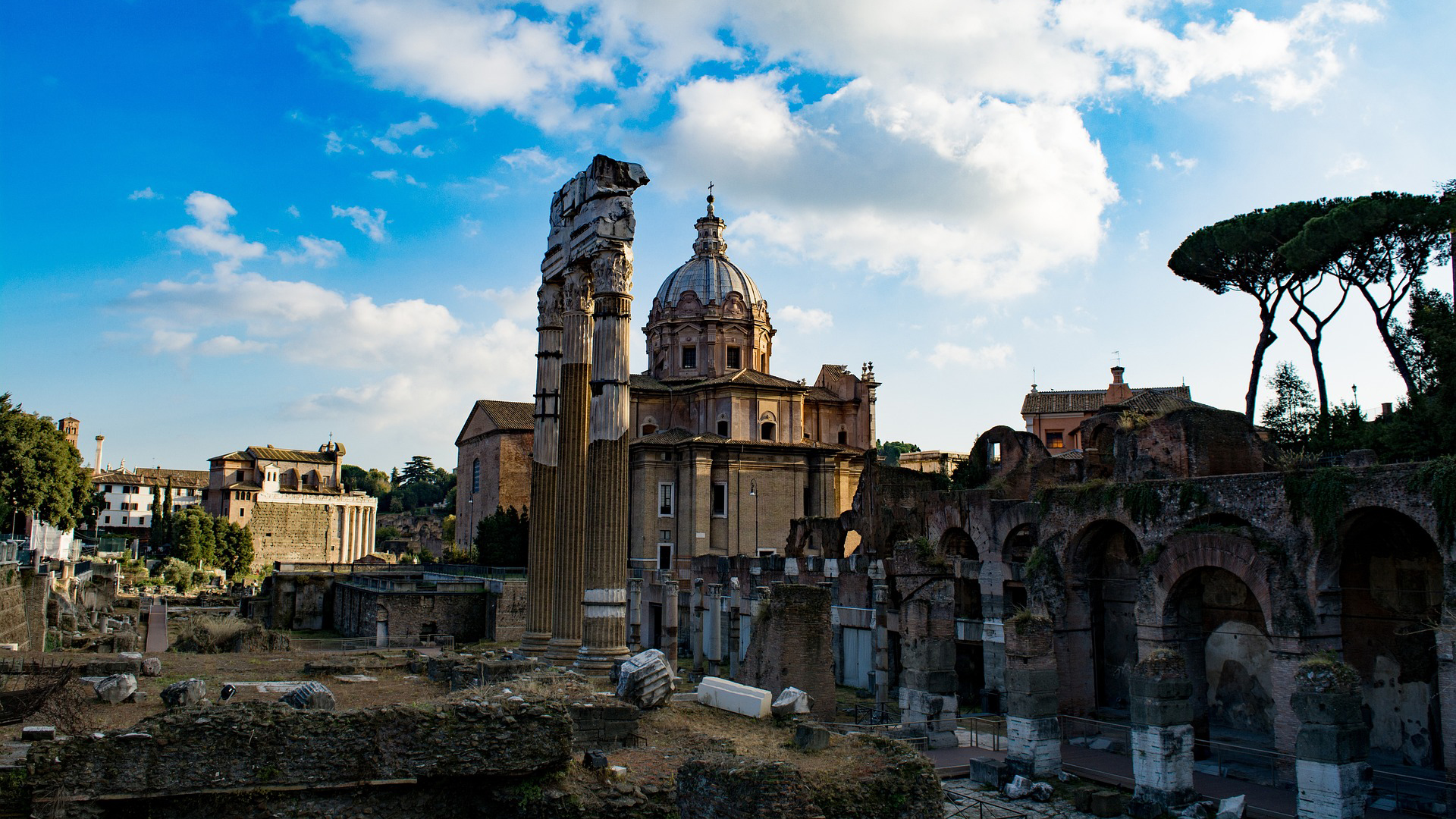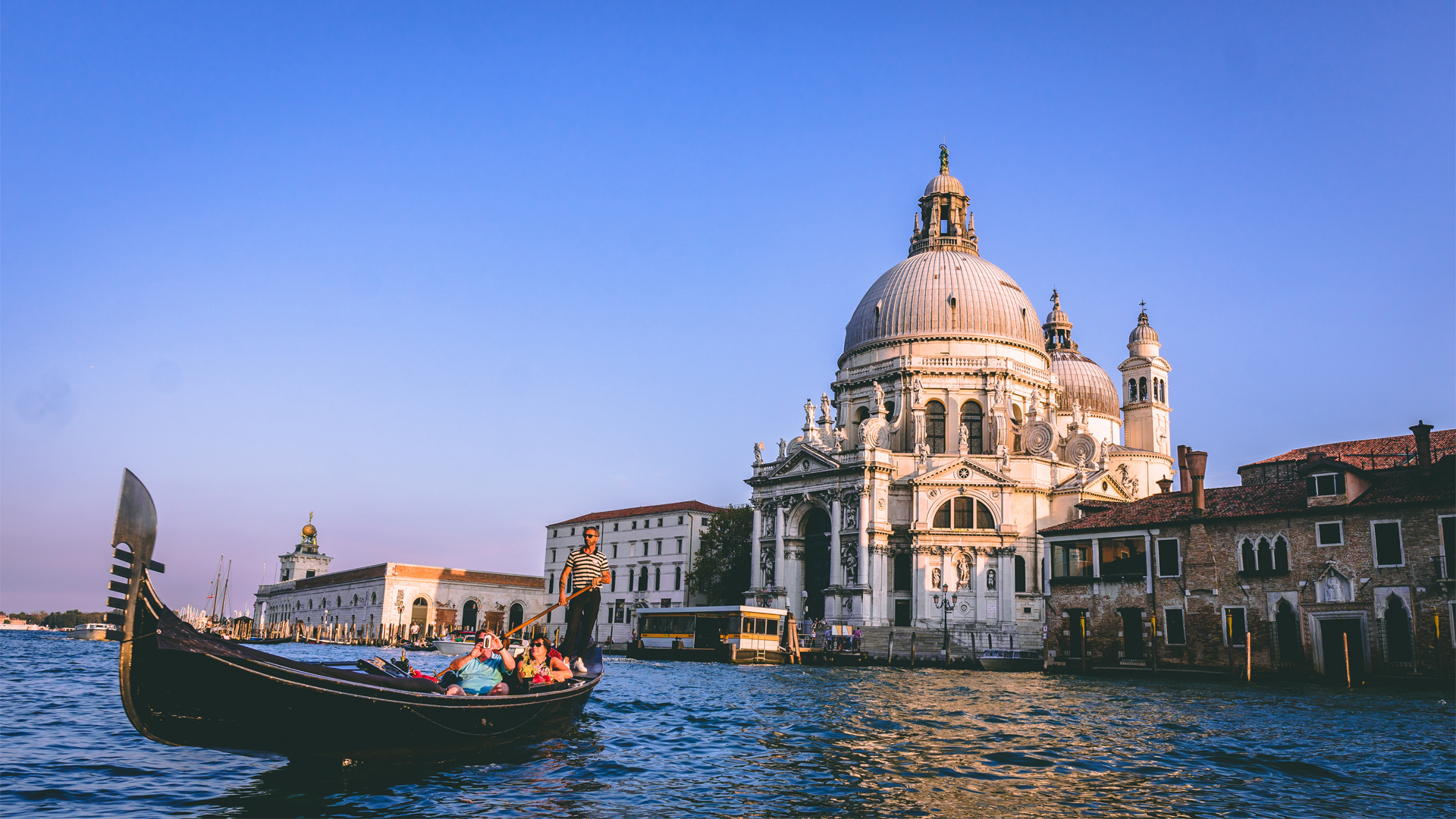Italy boasts more World Heritage sites than any other country in the world. It has 53 cultural and five natural UNESCO World Heritage sites, for a grand total of 58. UNESCO World Heritage Sites are deemed to be of “outstanding value to humanity.” These sites are actively identified, protected, and preserved under the Convention concerning the Protection of the World Cultural and Natural Heritage, which was adopted in 1972.
Italy’s first UNESCO World Heritage Site was inscribed in 1979 to the prehistoric rock drawings of Valcamonica, located in the Lombardy region. Along with cultural and natural world heritage sites, Italy is also recognized by intangible cultural heritage. There are 14 UNESCO intangible cultural heritage practices recognized in Italy such as the Mediterranean diet and Sicilian Puppet Theater.
Every week, America Domani will release a list, and brief description, of five UNESCO World Heritage Sites, listed in the order in which they were inscribed. Below are Italy’s first five sites inscribed.
Rock Drawings in Valcamonica (1979)

(Photo Credit: Elisabetta Roffia via UNESCO)
Valcamonica has one of the world’s greatest collections of prehistoric drawings. There are more than 140,000 symbols and figures carved into the rock over a period of 8,000 years. The drawings have navigation, war, agriculture, and magic themes.
Historic center of Rome, the Properties of the Holy See in that city enjoying extraterritorial rights, and San Paolo Fuori le Mura (1980)

Rome has been the capital of civilizations for millennia. It was first the center of the Roman Republic, then the Roman Empire, followed by the Christian world in the 4th century AD. While it was initially inscribed in 1980, the inscription was extended in 1990 to include: the Forums, the Mausoleum of Augustus, the Mausoleum of Hadrian (also known as Castel Sant’Angelo), the Pantheon, Trajan’s Column, Marcus Aurelius’ Column, as well as religious and public papal buildings in the city.
Church and Dominican Convent of Santa Maria delle Grazie with “The Last Supper” by Leonardo da Vinci (1980)

The refectory of the Convent of Santa Maria delle Grazie was built in the 15th century. On the structure’s north wall is Leonardo da Vinci’s masterpiece, “The Last Supper.” Painted between 1495 and 1497, it is one of the world’s most famous and renowned art works.
Historic center of Florence (1982)

Florence, the birthplace and symbol of the Italian Renaissance, was originally built on an Etruscan settlement. It rose to economic and cultural power under the esteemed Medici family during the 15th and 16th centuries. It boasts centuries of artistic prowess, as evidenced by the 13th-century Santa Maria del Fiore cathedral, the Church of Santa Croce, and the Uffizi palace. Its numerous museums are home to masterpieces created by Italian artists such as Michelangelo, Giotto, Brunelleschi, and Botticelli.
Venice and its lagoon (1987)

The lagoon city of Venice was founded in the 5th century and was spread out over 118 small islands. By the 10th century, it had become a major maritime power. It is one of the world’s most unique cities and its palazzos and buildings contain works by some of the greatest Italian artists such as Veronese, Giorgione, Tintoretto, and others.
Asia London Palomba
Asia London Palomba is a trilingual freelance journalist from Rome, Italy. In the past, her work on culture, travel, and history has been published in The Boston Globe, Atlas Obscura,The Christian Science Monitor and Grub Street, New York Magazine's food section. In her free time, Asia enjoys traveling home to Italy to spend time with family and friends, drinking Hugo Spritzes, and making her nonna's homemade cavatelli.

